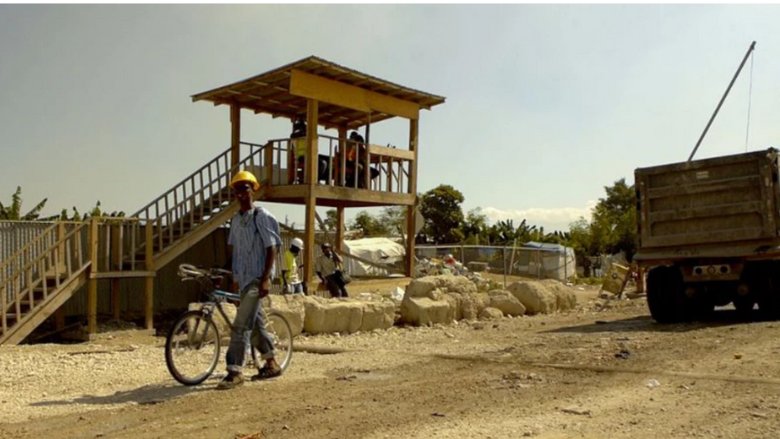The World Bank is harnessing innovative financial and delivery mechanisms to help countries in Latin America and the Caribbean improve disaster risk management, reflecting those countries’ high priority of addressing elevated exposure to natural hazards in one of the most disaster-prone regions in the world. The World Bank is increasing its focus on proactive approaches such as risk reduction, capacity building, improving resilience, and institutional strengthening to address potential disasters.
Challenge
Some of the biggest development challenges in Latin America and the Caribbean relate to managing the risk of disasters, as well as macroeconomic shocks and subsequent secondary disasters. The annual number of disasters in Latin America and the Caribbean more than doubled from 1990 to 2022. Economic losses from disasters are substantial and are expected to increase: in 2022 alone, damages associated with disasters reached $9 billion. Such challenges impair national economies and can shrink the fiscal space for social protection to support poor and vulnerable households. One way to mitigate these challenges is to embed prevention and risk reduction activities in disaster risk financing strategies. Over the past decade, countries in Latin American countries have made strides in accessing a package of financing mechanisms to insure against disaster risks. However, while efforts to reduce disaster risk have tended to increase in a linear manner over time, risk is growing exponentially. Therefore, a whole systems approach is needed, with multifaceted and innovative actions to expand assistance and otherwise improve risk management, while also integrating more-adaptive social protection mechanisms
Approach
The World Bank is addressing the ongoing increase in frequency and severity of disasters by working to integrate social protection with disaster risk management. This approach reduces the vulnerability of people and countries while improving their ability to react when adverse impacts materialize, and to build back stronger for the future when shocks and disasters occur. Thus, the World Bank focuses not only on measures that insure against risk and provide payouts when disasters unfold, but also on bundling such measures with policy reforms and strengthening institutional capacity to enhance resilience and disaster preparedness.
Development Policy Loans with Catastrophe Deferred Drawdowns (Cat DDOs) provide quick liquidity via fast-disbursing loans from a type of credit line that accelerates emergency responses. They also promote policies that increase governments’ disaster preparedness: by strengthening institutions, building technical capacity, and implementing reforms that advance resilience. Increasingly, CAT-DDO programs incorporate mechanisms to integrate social protection into the DRM sector, strengthening institutional arrangements to improve external coordination, avoid duplication of efforts, and expedite insurance payouts, loan disbursements, subsidies, and social opportunities. This includes investments in adaptive social protection for poor and vulnerable households to improve their resilience and ability to adapt to shocks.
Investments in resilience are often incorporated into projects that provide funding for immediate recovery while building back for a more resilient future. They generally finance projects designed to advance adaptation or strengthen relevant policies and institutions (for example, to enable livelihoods to absorb shocks or make infrastructure more capable of surviving disasters).
Sovereign catastrophe risk pools allow individual countries to pool and stabilize their disaster risks in a single diversified risk portfolio, lowering capital requirements and reinsurance costs while creating incentives for countries to invest in risk reduction. One such pool is the Caribbean Catastrophe Risk Insurance Facility (CCRIF SPC), which provides countries in the Caribbean and Central America regions with parametric insurance, a mechanism that pays a set amount for catastrophic events rather than the amounts of losses, lowering the cost of premiums and accelerating payouts when triggered. Contingent Emergency Response Components (CERCs) are embedded in investment projects to enable countries to access project funds quickly for emergency response and recovery.
Cat DDOs, CERCs, and other tools are brought together in the Crisis Preparedness and Responses Toolkit. This toolkit was expanded in early 2024 to include climate-resilient debt clauses, which cover all existing loans in eligible countries (small islands and other small states), expanding the amount of insurance and other pre-arranged financing available to borrowers, allowing them to defer principal and interest payments, and prioritizing recovery. Another component of the toolkit is the Rapid Response Option (RRO). The RRO allows countries to quickly repurpose and use up to 10 percent of their undisbursed World Bank financing across the investment portfolio and program-for-results to address disasters, including through mechanisms such as the Contingent Emergency Response Project (CERP) and Development Policy Financing (DPF) DDOs.

